Only an hour’s drive from Sydney, Bundeena to Marley Beach track in Royal National Park is one of the most scenic coastal walks in Sydney. It is the northern end of Sydney’s beloved two-day Coast Track, and unlike the full track, it can be easily completed in half a day.
Despite its popularity, the Bundeena to Marley Beach walk hides a few hidden gems, which make it even more fun.
The track at a glance
- Distance: 9km
- Grade: Easy
- Time to complete: 3hrs
- Parking: Park on any of the streets near the park gate
If you arrive in Bundeena on a ferry, you might find your first surprise right at the wharf. Have a look in the shallows – all kinds of sea creatures visit this area. Here’s a short video of an absolutely enormous Stingray we encountered at the wharf this spring.
Bundeena to Marley Beach Walk
The track starts at the National Park gate at the end of Beachcomber Avenue in Bundeena. From the gate, a fire trail runs across a typically Australian habitat of coastal heath. This is probably what the coastline of ancient Gondwana looked like. Towering sandstone cliffs, flowering coastal shrubs and scores of nectar-feeding birds, like the ever-present New Holland honeyeaters.
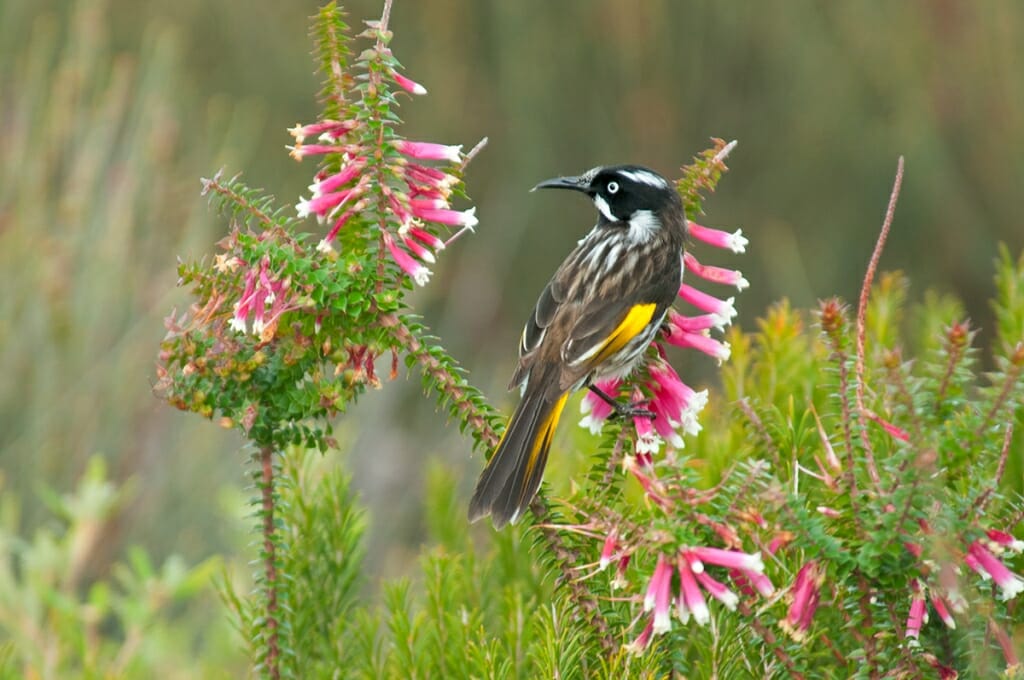
The first turn-off you come to leads to the Jibbon Head trail. This is an optional side trip that you could also take on the way back. A few meters ahead, another turn-off leads to the start of the Coast Track. Take this turn-off and follow the signs to Marley Beach, which at this point, is 4.4km away.
The Balconies
The Coast Track starts in a spectacular fashion at the geological formation known as the Balconies. Here, the cliff top has been eroded by the elements into a series of irregular, jagged layers of sandstone (similar to the clifftop on Wattamolla to Little Marley Beach walk). If you are not prone to vertigo, have a seat on one of the balconies jutting out from the cliff and watch your feet dangle 30 meters above the thundering surf.
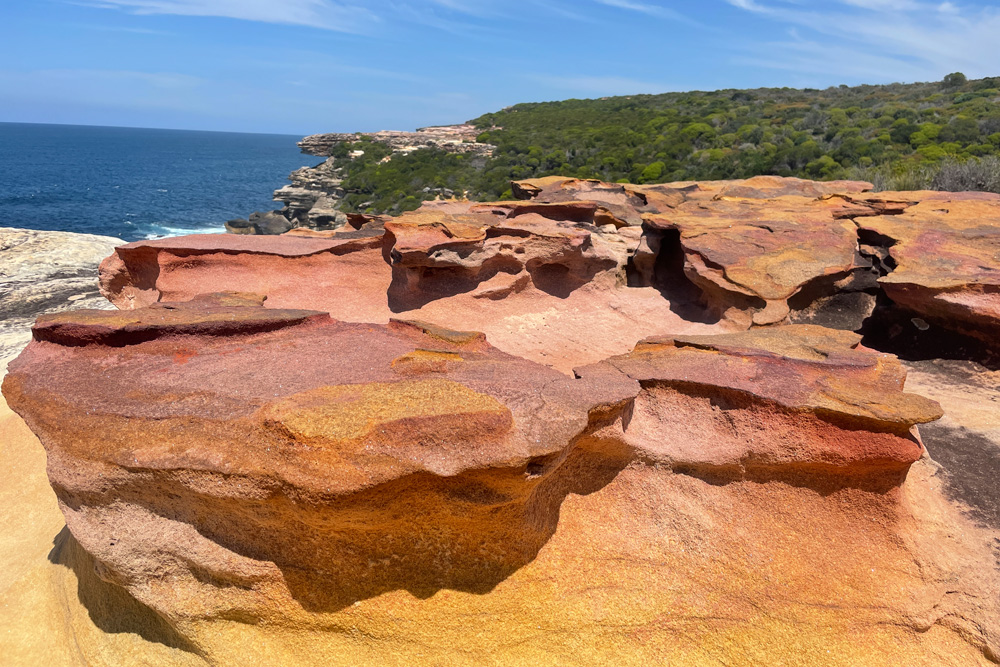
And if you visit between June and October, keep an eye out for the Humpback whales. They cruise past Sydney on their epic annual migration between Antarctica and the Great Barrier Reef.
From the Balconies, the track continues south over the largely flat ground along the cliff tops with spectacular views of the Illawarra coastline. As you walk on the open rocky platforms, keep an eye out for the Copper-tailed and Garden skinks.
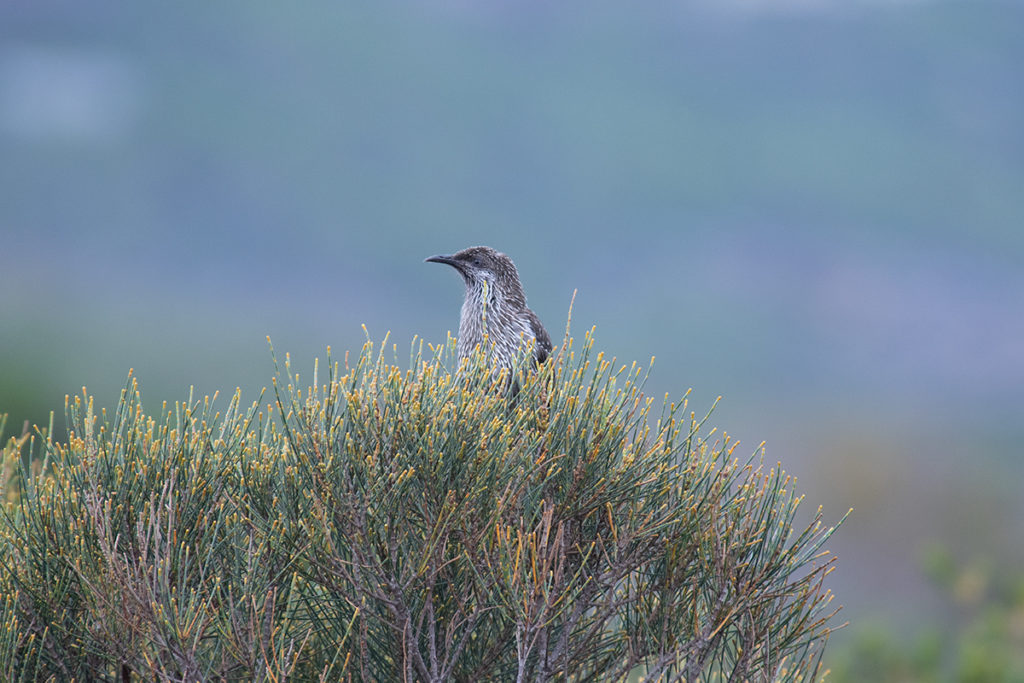
The small birds darting between the bushes here are the New Holland Honeyeaters, and the larger ones are the Little Wattlebirds. The croaking sound you hear belongs to the Common eastern froglets, though you are unlikely to spot the tiny critters themselves, they are well camouflaged underneath the leaf litter.
Water Run
The Water Run is a dramatic cut in the landscape that runs from the top of the escarpment all the way to the ocean below. Here the track descends sharply, crosses the creek and ascends just as sharply on the other side. Despite the rugged terrain, the climb is quite easy. And there are so many opportunities to stop and admire the scenery that you could take the steps at a snail’s pace if you wanted to.
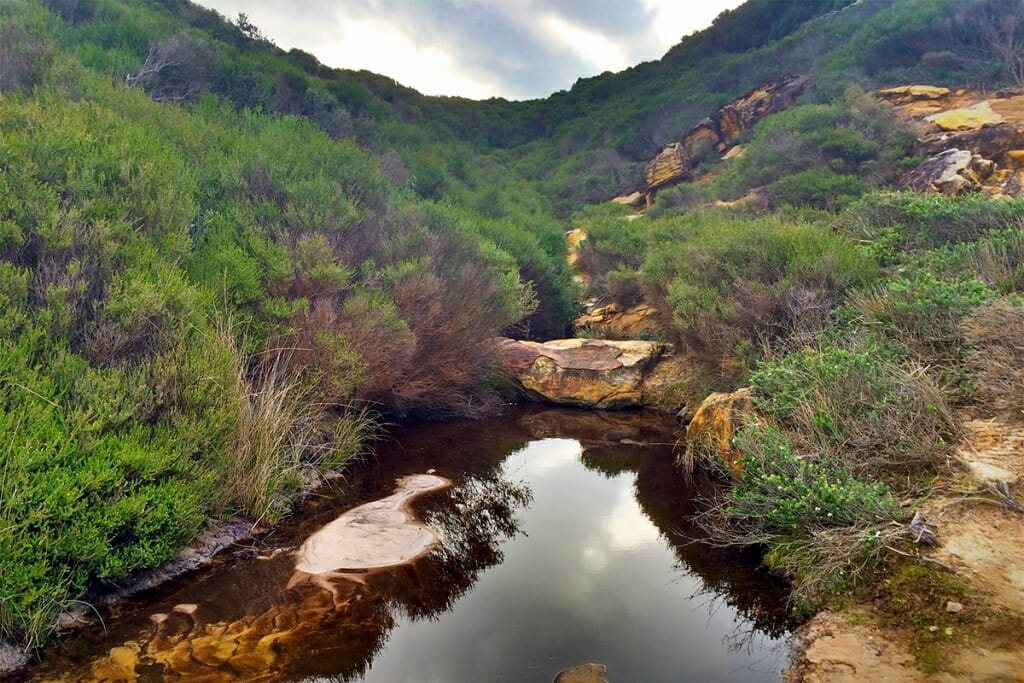
You can walk out onto the rock platform at the bottom of the run to have a closer look at the mammoth slabs of rock that have toppled down to the ocean below, like the enormous LEGO pieces tossed by a giant.
As you cross the creek at the bottom, check out the towering wall of the escarpment that hides the source of the creek by a blanket of thick coastal shrubs. This scene is at its best on overcast days.
The rock platform at the bottom of the run is where you find some of the hidden gems of this walk. Cross the creek over the stepping stones instead of following the trail up the other cliff, walk onto the rock shelf, and cross it heading towards the ocean.
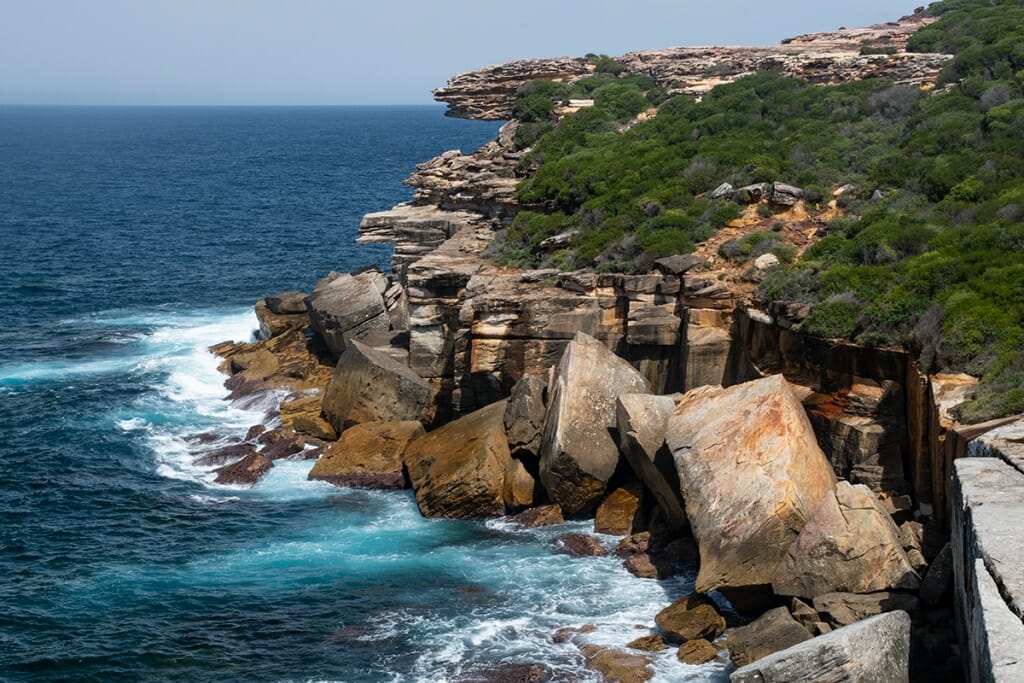
There are a couple of interesting spots here. First is a good viewpoint to check out the mammoth slabs of rock that must’ve tumbled down from the cliffs to the ocean below some time in the past, like the enormous LEGO pieces tossed by a giant.
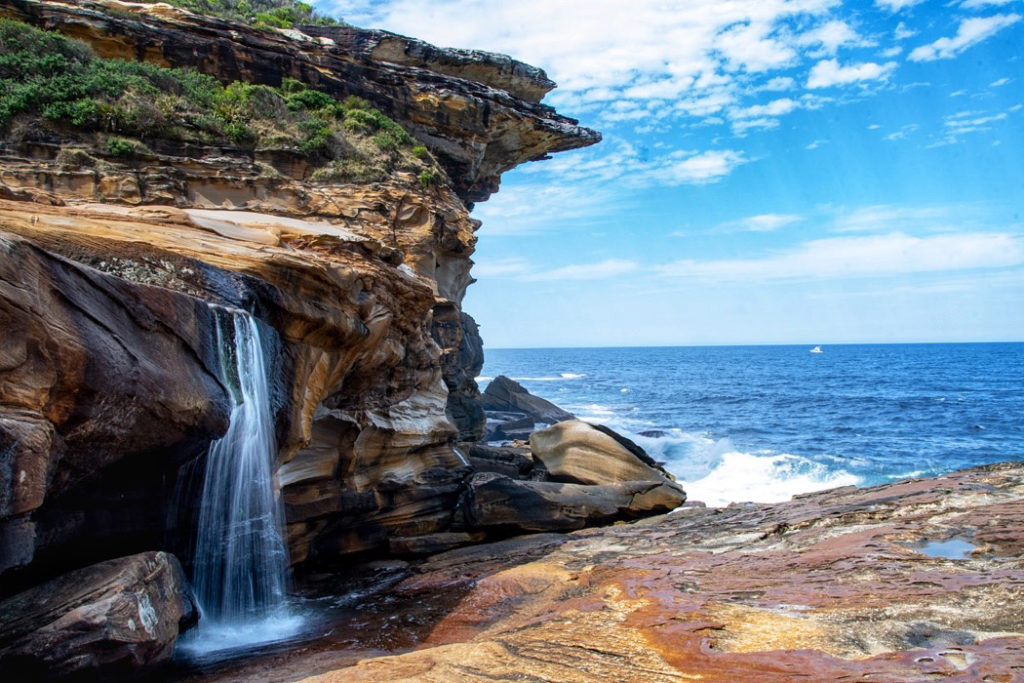
But the most exciting hidden gem here is the Water Run Falls. The creek you cross to get here runs over the edge of the rock shelf before making its way to the ocean below. And because the waterfall is not visible from the top of the rock shelf, most people walk right past it.
Keep in mind that the rocks underneath the waterfall are treacherously slippery, but you hardly need to get that close to appreciate the falls.
Once you are done exploring the Water Run, follow the trail up the cliff to continue the walk.
Wedding Cake Rock
Shortly after, you arrive at the Wedding Cake Rock. Bleached white by the sun and eroded by the elements into an almost perfect cube, this striking rock formation is one of the major attractions of the Bundeena to Marley Beach track and one of the most famous rock formations along NSW South Coast.
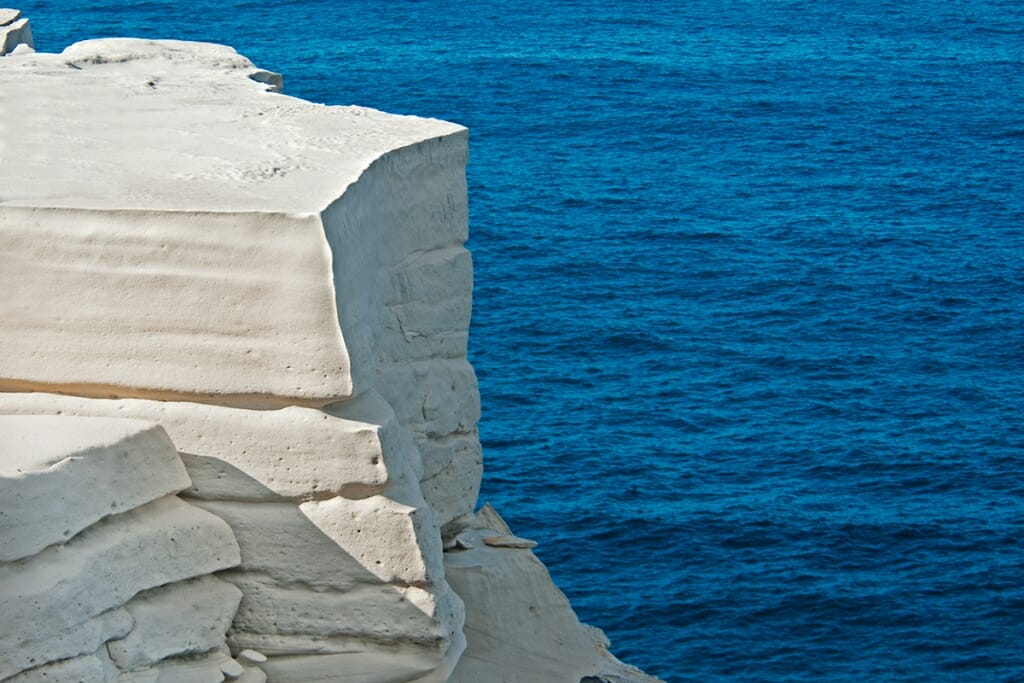
Unfortunately, a few years ago, the rock was fenced off amid concerns over the stability of the structure. Later geotechnical assessment revealed that the entire structure of the Wedding Cake Rock is “precariously balancing on the edge of the cliff’ and is certain to collapse any time within a decade”.
Amazingly, this does not stop a large number of visitors from climbing over the fence to get a better view for a selfie. That’s natural selection at work.
To see the rock in the context of the surrounding landscape, follow a rough trail to an impromptu lookout. A rough trail through the heath runs to it from the main track a few meters south of the fence.
Marley Head
The section between Marley and Bundeena Lookouts on Marley Head is one of the most picturesque parts of the walk. With sweeping views over Marley and Little Marley beaches and the endless expanse of the ocean, it is an excellent place to linger and try spotting dolphins, whales and the magnificent White-bellied sea eagles.
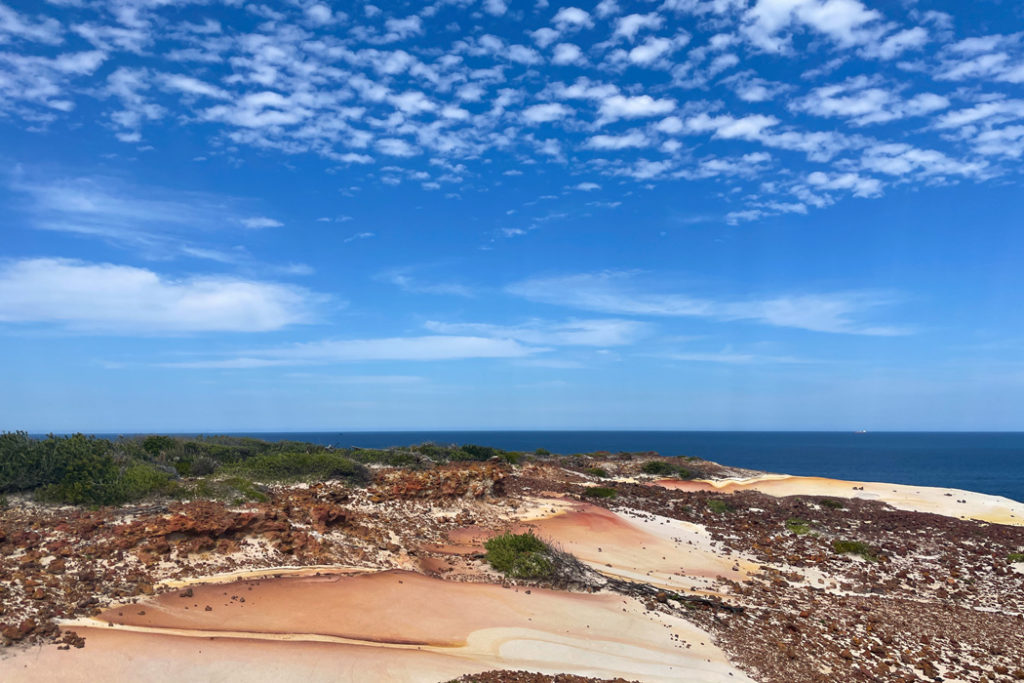
READ MORE: Secret swimming hole on Kangaroo Creek, Royal National Park
It is also one of the most interesting sections of the rock platform on the entire Bundeena to Marley Beach track. Water and wind have weathered the cliff top here in a patchwork of unexpected shapes and colours.
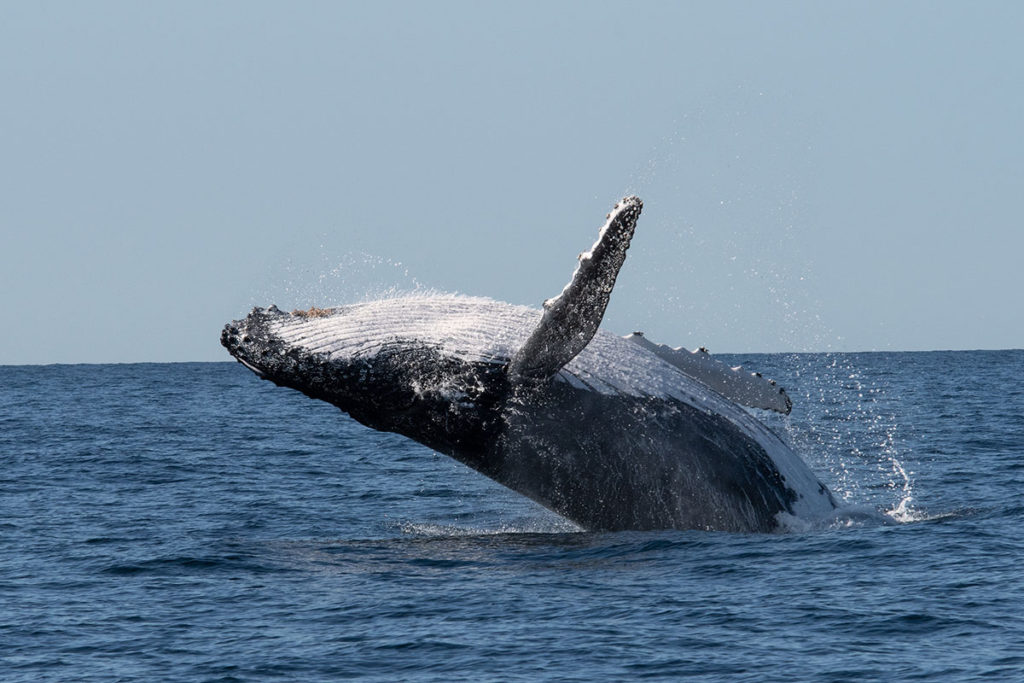
Pick one of the dramatic rocky outcrops and spend some time resting and recuperating while watching sea birds plunge into the ocean, hunting fish, and Humpback whales passing by on their epic migration.
Marley Beach
From the headland, the trail descends to Marley Beach. One of 11 beaches in Royal National Park, this unpatrolled sandy beach is considered the most hazardous beach in the park. It is exposed to southeast swell and southerly winds while bordered by 20-30 m high sandstone headlands.
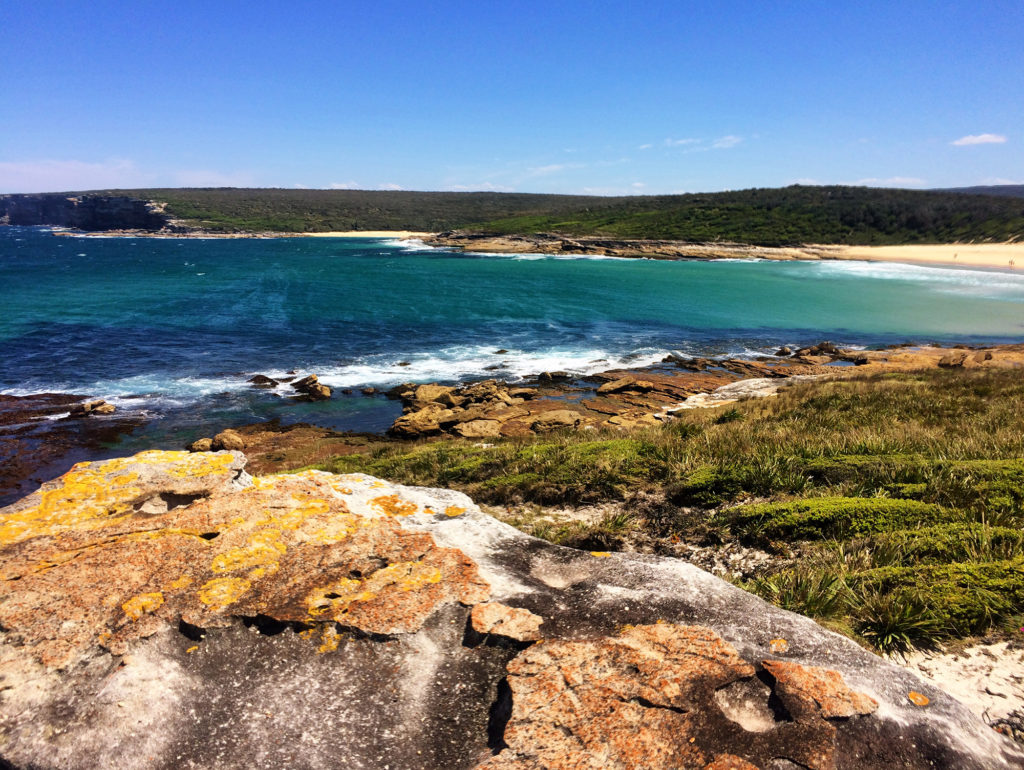
But while it is dangerous for swimming, Marley Beach looks incredibly inviting from the trail. At 360m in length, it is one of the largest beaches in the Sydney metropolitan area. It appears even larger because of the expansive sand dunes lying behind the beach and covering 130,000 square meters.
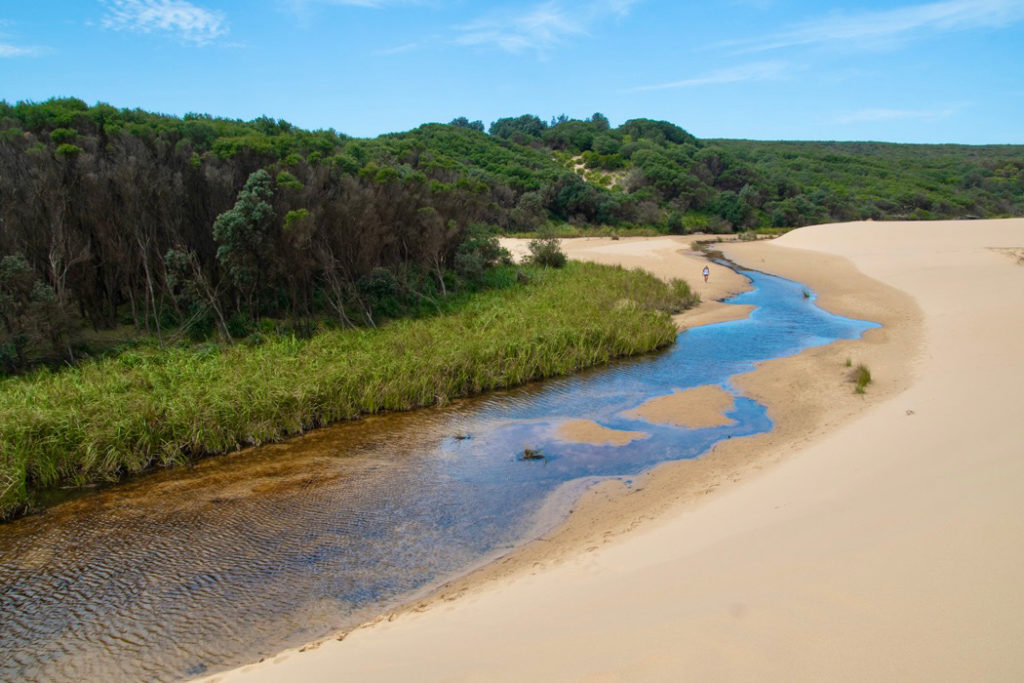
These dunes are the remnants of the ancient super-beaches that stretched along the cliff base approximately 7,000 years ago. In places, these giant beaches reached as high as cliff tops and deposited large amounts of sand a few kilometres inland. Among the dunes, Marley Creek snakes its way across the northern end of the beach and empties into the ocean.
Wildlife on Marley Beach
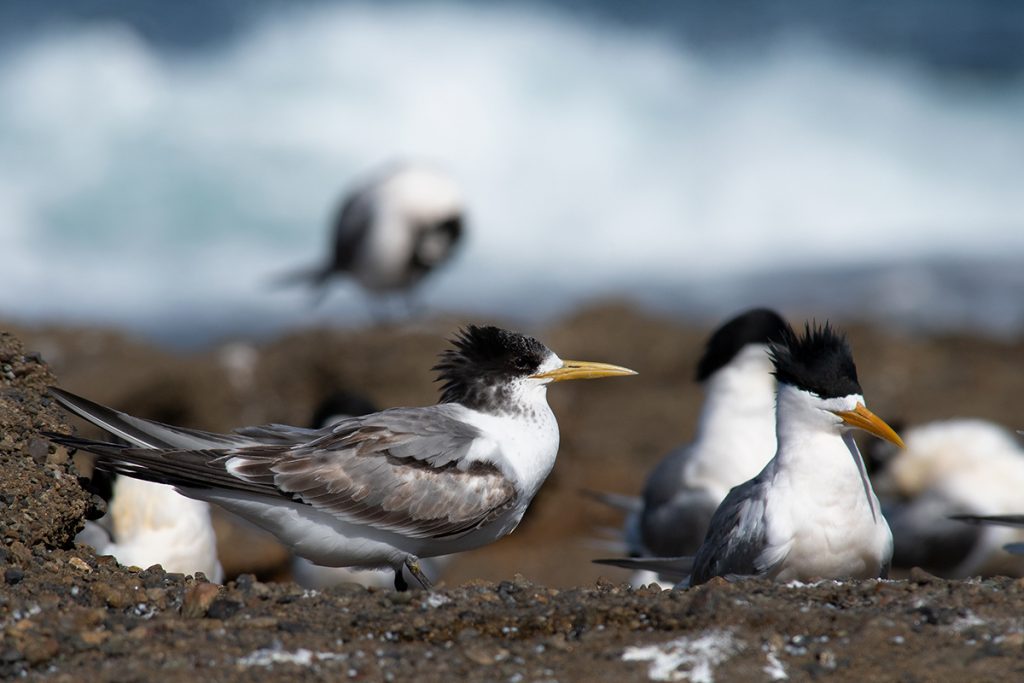
Nature lovers will love Marley Beach. Apart from the spectacular scenery, there is always plenty of wildlife action going on. Garnets and terns dive-bomb into the surf to catch some lunch, gulls and terns quarrel on the rock shelf, crabs scurry in the sand, and occasionally, White-bellied sea eagles soar overhead.
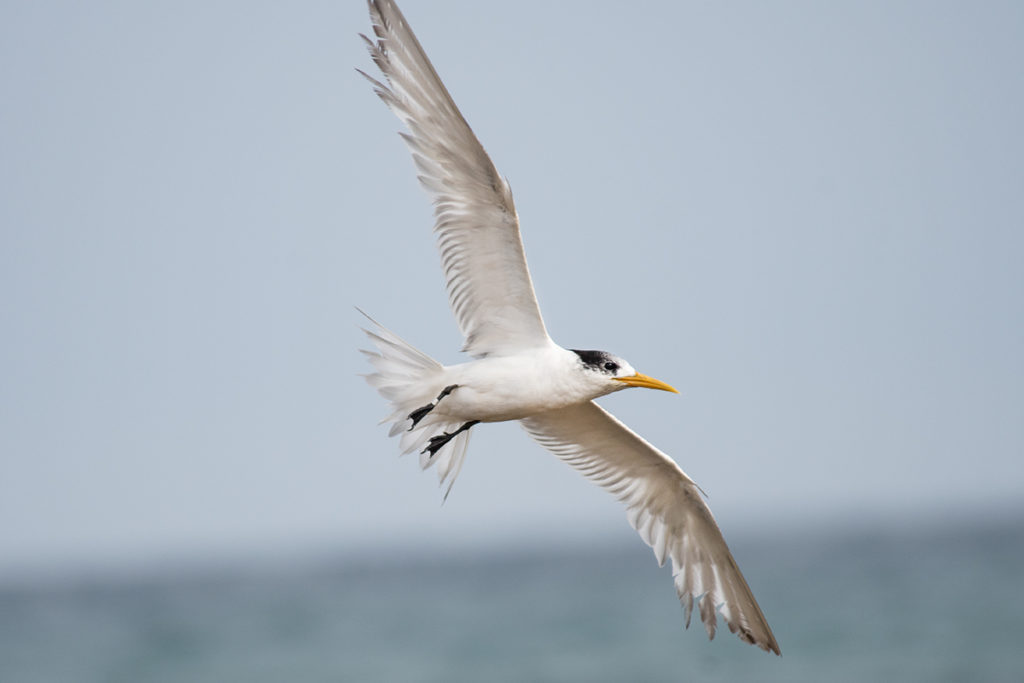
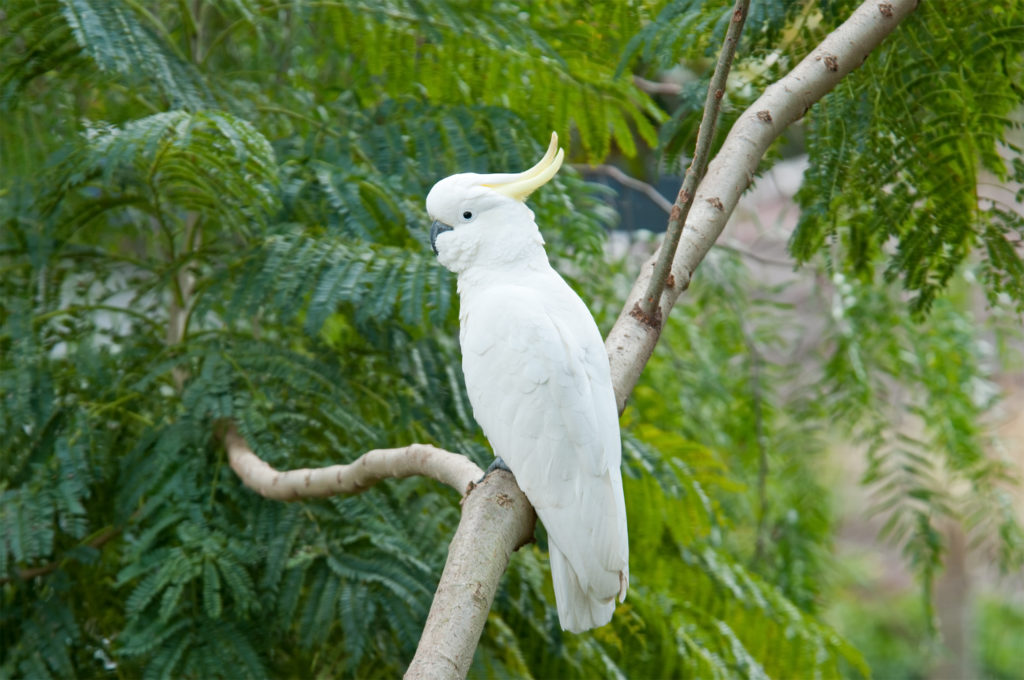
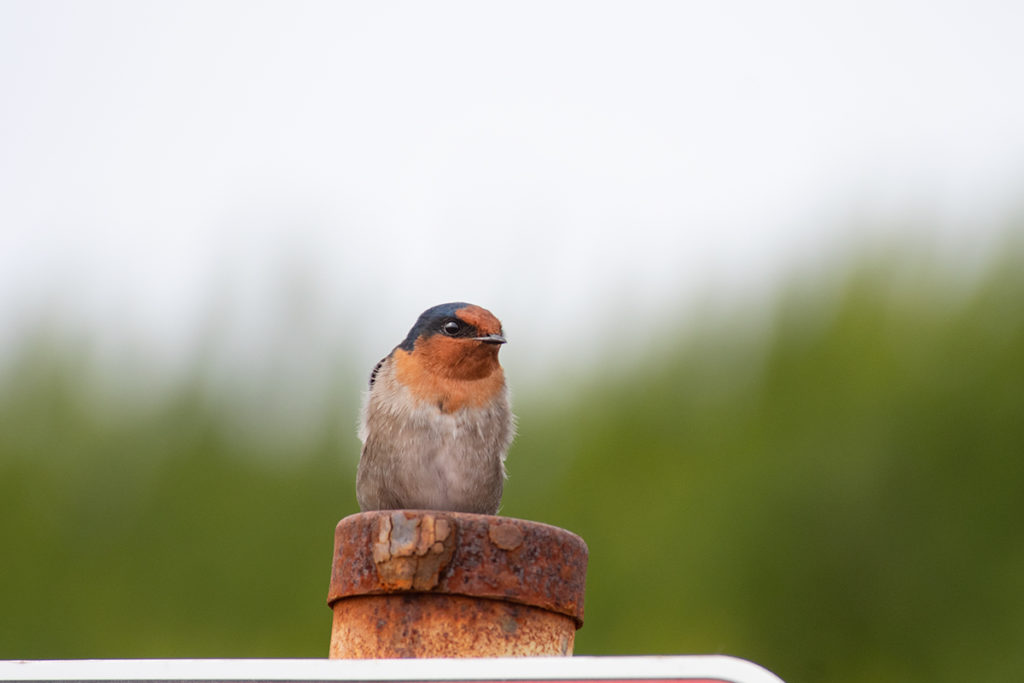
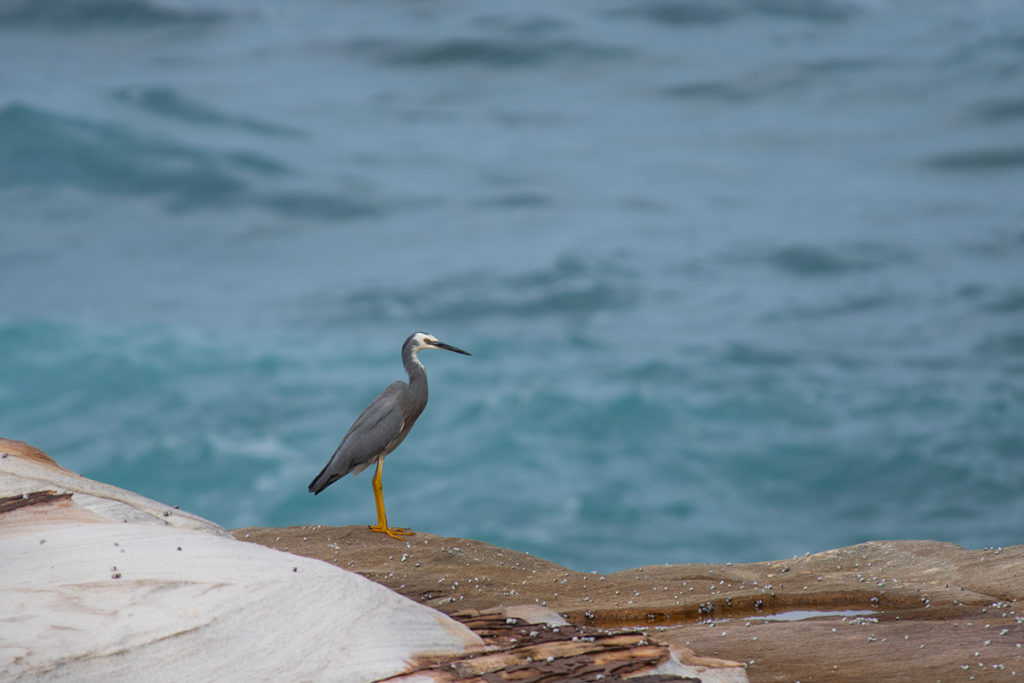
As I mentioned before, don’t rush to get into the water at Marley. The ocean here has a very strong undercurrent, the surf is rough, large waves are frequent, and the beach is unpatrolled. Unless you are an excellent swimmer, wait until you get to Little Marley.
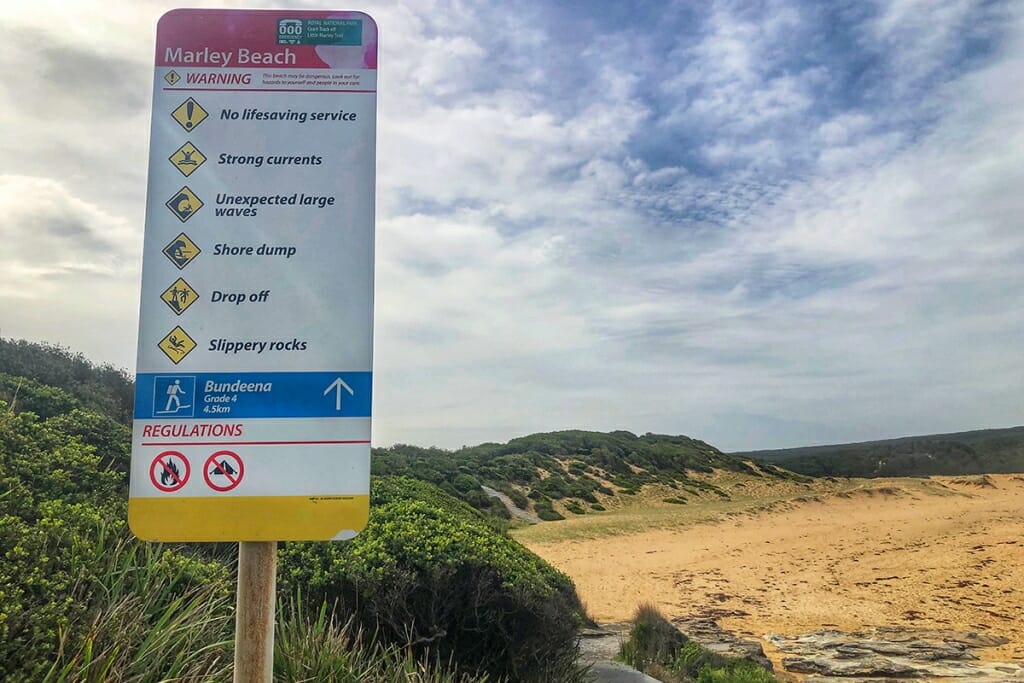
I love Marley and Little Marley beaches so much that I’ve written a guide to things to do on Marley Beach that includes a visit to Little Marley.
Little Marley Beach
Little Marley Beach is the hidden gem of the Coastal Track. Only about a 15-minute walk from the big Marley, it is a much more gentle bay with generally calm water. There is still a fairly strong current here, but it’s much more manageable.
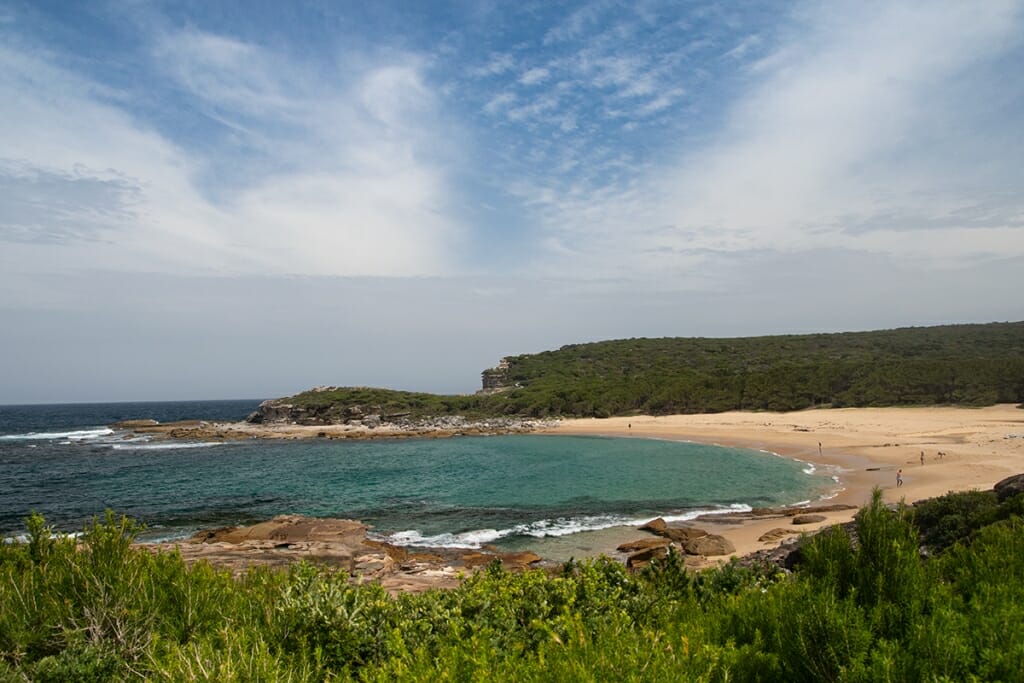
The trail from the Big Marley to the Little one goes along the bottom of the headland, past the multitude of rock pools filled with all kinds of aquatic organisms, from tiny crabs to starfish.
Little Marley is not a good surfing beach, so it remains largely deserted and has a distinct wild feeling to it. Framed by the towering walls of the headlands on both sides, Little Marley feels a thousand miles away from civilization. It is the perfect escape from the contestant string of walkers on the trail and an ideal spot for some rest before the return journey.
What’s next
You have a few options to explore from Little Marley Beach. If you feel energetic, you could continue the walk for 3.5 km to Wattamolla. You could then catch the Park Connections shuttle back to Bundeena (check the schedule here).
Or you could walk back to Bundeena via the Big Marley fire trail and Beachcomber Road Service trail if you do not wish to retrace your steps.
But if you do decide to return the way you came, you will get to see the scenery transformed by the golden light of the late afternoon. As the sun gets lower in the sky, it emphasizes the surrealistic shapes and colours of the weathered limestone formations.
Birdwatching at Bundeena
As you walk back through Bundeena, keep an eye out for a variety of Sydney’s parrots: Black cockatoos, Sulpher-crested cockatoos, Galahs (or Pink cockatoos), and the smaller King parrots and Rainbow lorikeets.
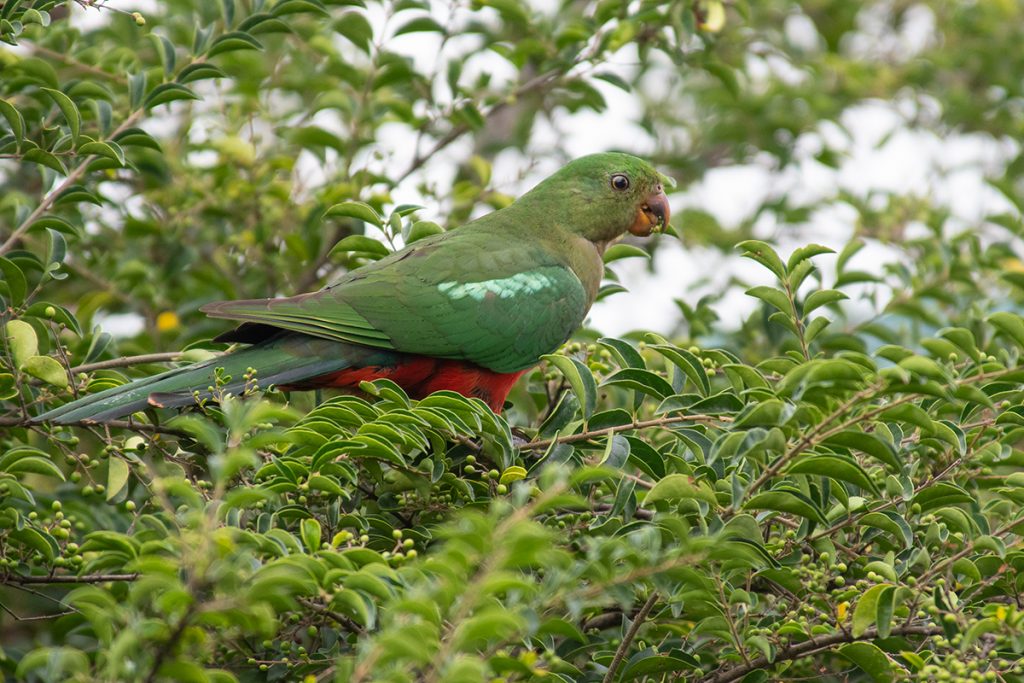
The Yellow-tailed black cockatoos are more common on the fringes of the national park, but all the other species are easier to see on the quiet, leafy streets of Bundeena.
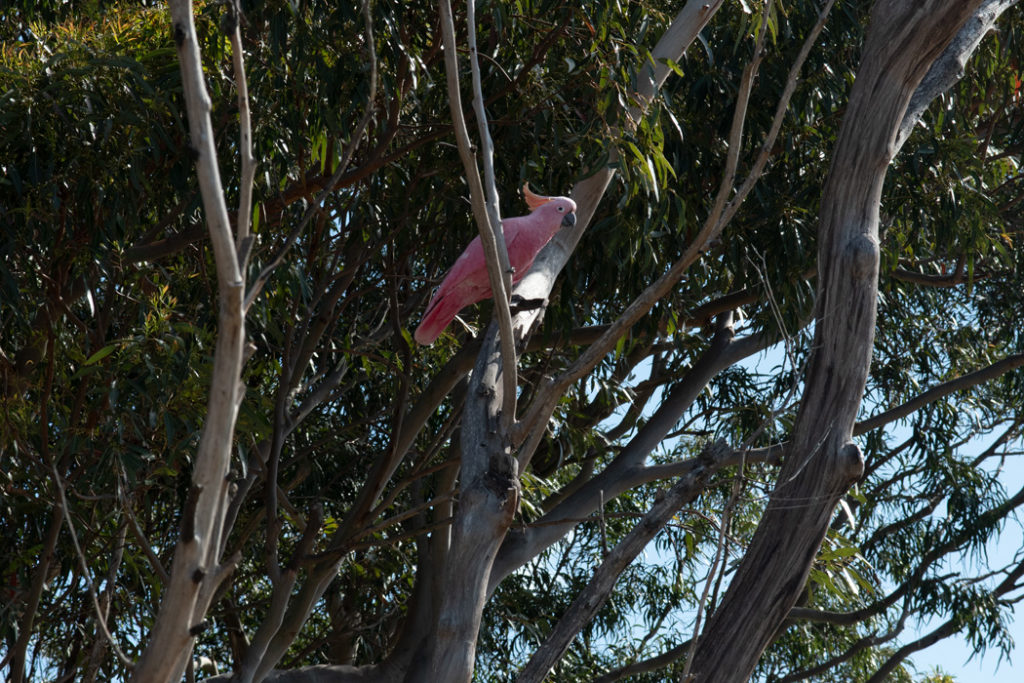
On a recent trip, we spotted a bright pink Sulphur-crested cockatoo in Bundeena. I asked a local lady, and it turned out that some bored locals painted a few cockatoos with pink vegetable die. At least the die will eventually come off.
More Scenic Walks in Royal National Park
- Otford to Burning Palms Beach: Palm Jungle Loop Track
- Royal National Park: Walks, Beaches, Waterfalls and Swimming Holes
- Things to See and Do on Marley Beach, Including a Visit to Little Marley
- Winifred Falls Trail – A Short Trail to a Pretty Waterfall
- Wattamolla to Little Marley Beach walk in Royal National Park
- Wattamolla to Curracurrong Falls Walk, Including a Tranquil Hidden Gem
- Garawarra Farm Carpark to Burning Palms Beach Track
- Bulgo Beach – a unique fishing shack village in Sydney
- Forest Path in Royal National Park – a Tranquil Rainforest Track
- Hidden Gems on Bundeena to Marley Beach Walk

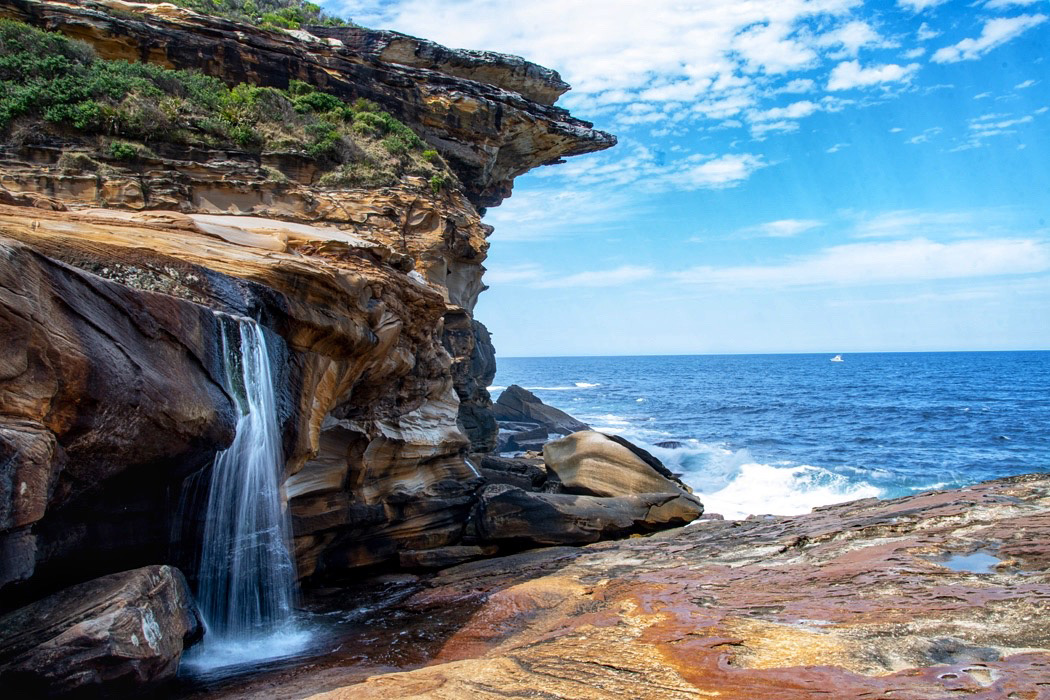
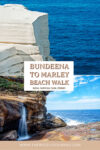
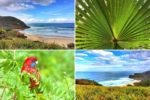
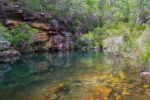
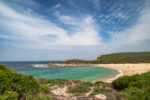
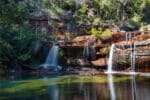
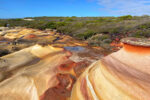
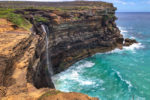
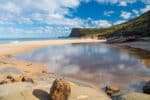
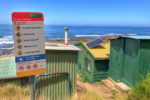
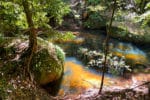
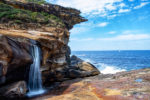
Lovely post ! this place looks so beautiful, thanks for sharing :)
I am in love with the wild life! Great post!
This place is amazing! It’s a long time I’ve been to the Royal National Park a long time ago but I think it’s time for me to go back. I love your wildlife photography, I think you could teach me a few tricks!
Let’s go for a walk in Royal together :)!
I always love your nature photos! The bird piccies are so good!
This looks like a really fun walk, but I wouldn’t expect to get photos even half as good as these!
Thank you, Josy! The tradeoff is, of course, carrying the telephoto lens on a hike. But it is definitely worth it.
I grew up in the Sutherland Shire and often took the ferry to Bundeena and did walks through the Royal National Park. I enjoyed your blog – it brought back lots of great memories.
Thank you, Sharyn.
I would just lose my mind walking along the beach and then seeing a whale! How amazing would that be! This is certainly the type of wildlife I would rather see in Aussie lol Great post! (from a fellow wildlife lover and photographer!
Thank you, Lauren! The whales and the dolphins are an absolute treat. You can see quite a bit of wildlife on this walk if you just sit on the cliffs for a while. There’s always an occasional White-bellied sea eagle, garnets and a few species of waterbirds.
The beaches are absolutely breathtaking! This is a perfect stroll!
What a great walk! Such diverse birds, and it would be so lucky to spot a whale. Love all the nature and wildlife information!